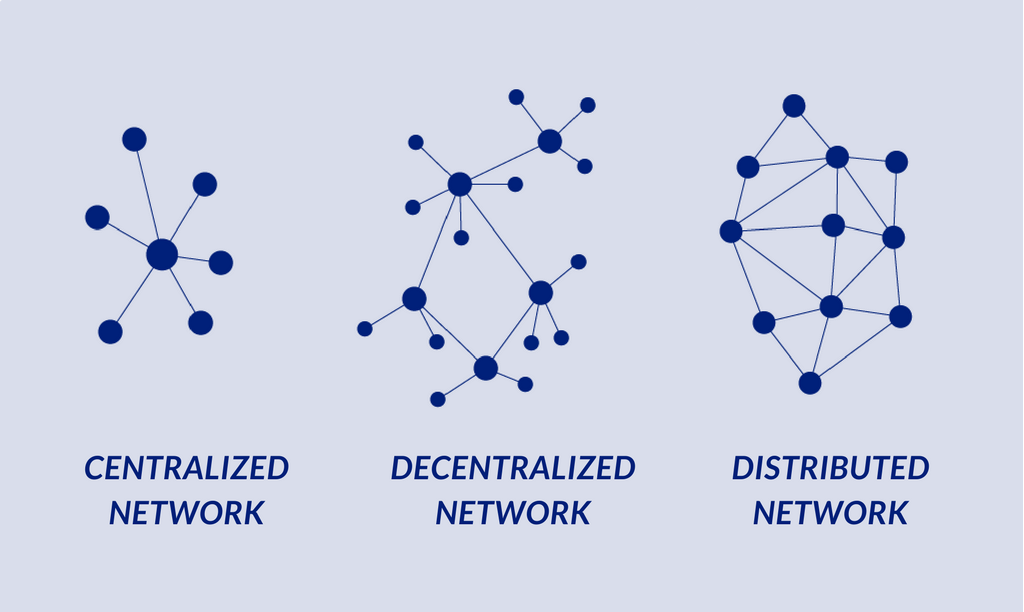http://usaweekly.com/2018/01/interview-with-ira-s-pastor-ceo-at-bioquark-inc/


Acoustic tractor beams use the power of sound to hold particles in mid-air, and unlike magnetic levitation, they can grab most solids or liquids. For the first time University of Bristol engineers have shown it is possible to stably trap objects larger than the wavelength of sound in an acoustic tractor beam. This discovery opens the door to the manipulation of drug capsules or micro-surgical implements within the body. Container-less transportation of delicate larger samples is now also a possibility and could lead to levitating humans.
Researchers previously thought that acoustic tractor beams were fundamentally limited to levitating small objects as all the previous attempts to trap particles larger than the wavelength had been unstable, with objects spinning uncontrollably. This is because rotating sound field transfers some of its spinning motion to the objects causing them to orbit faster and faster until they are ejected.
The new approach, published in Physical Review Letters today, uses rapidly fluctuating acoustic vortices, which are similar to tornadoes of sound, made of a twister-like structure with loud sound surrounding a silent core.

“Friday morning, David Tran, co-founder and CTO of PR-software startup Upbeat, did just that. Tran built and published a Chrome extension called On The Blockchain in around 15 minutes. Subtitle: “Everything is better on the blockchain.””

“The historic Hearst cattle ranch has become a hybrid solar farm for Apple’s Cupertino campus.”

” … [W]hile there has been much forecasting on transformations in labour markets, few practical approaches exist to identifying reskilling and job transition opportunities. Towards a Reskilling Revolution: A Future of Jobs for All provides a valuable new tool that will help individual workers, companies, and governments to prioritize their actions and investments.”

“To encourage exploration and eventual use of this technology in support of climate action, the UN Climate Change secretariat initiated and facilitated the creation of the Climate Chain Coalition and contributed to the writing of its charter of principles and values … ”

“To clarify, “open borders” means that people are free to move to find work. It does not mean “no borders” or “the abolition of the nation-state”. On the contrary, the reason why migration is so attractive is that some countries are well-run and others, abysmally so.”
“Open borders could see global GDP rocket, but free movement around the world could have its downsides. We imagine a borderless world”

The straight poop on fecal transplants. Scientists think fecal transplants help us live longer, healthier lives.
Quote: “Seres Therapeutics is one of the more promising names in poop.”
Here’s the straight poop on fecal transplants, a new medical procedure which physicians use to treat infections. Geroscientists suspect that fecal transplants could help us live longer, healthier lives by giving us a microbiome upgrade. [This report was originally published on LongevityFacts.com. Author: Brady Hartman]
The human microbiome is an invisible world that is only recently coming into focus. The collection of bacteria that inhabit your body is a delicate ecosystem that can crash as you age, travel, or even take a new medication. When it collapses, it can lead to all sorts of distress.
The Business End Of The Poop Industry
Seres Therapeutics is one of the more promising names in poop. The Cambridge biotech company has been trying to transform medicine by harnessing the billions of bacteria in our intestines.
